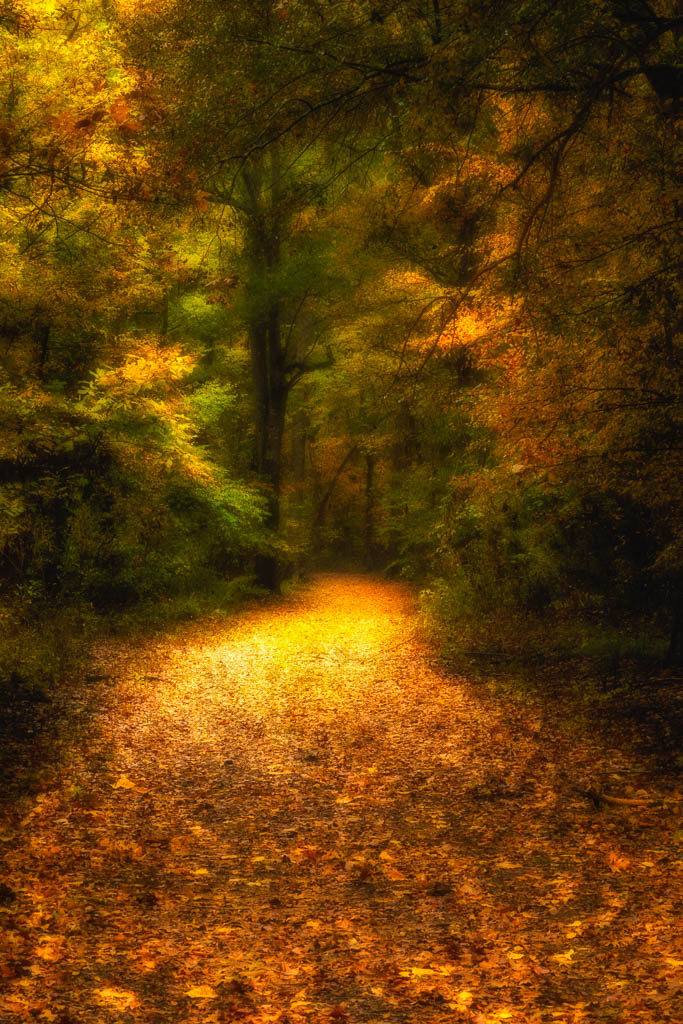Why is photographic manipulation so upsetting to some people that they are willing to completely refuse to acknowledge a beautiful piece of photographic art?
This question came to mind after I engaged in a brief exchange of comments on Twitter after complimenting a picture I had seen posted. A short time later, someone replied to my comment, and, while the reply was not rude or discourteous in any way, it left no doubt in my mind the comment’s author did not care for the image.
But, his criticism was not about the composition or the exposure or even the subject matter. His argument was the image looked too perfect; therefore, it must have been manipulated. Of course, I could not let that statement go unanswered. I replied, politely, that the image may indeed have been manipulated, but that did not diminish its artistic value.
I have read and heard such comments many times before (“it’s too perfect” or “it was Photoshopped”), and I still cannot come up with a good reason for why there are those who believe the manipulation of any photograph is patently wrong. But, one of the things I have noticed with these comments is that the criticism always seems to be leveled at a photograph that has been arbitrarily deemed by the viewer as having been manipulated. I have never seen an image criticized because it had not been altered.
Obviously, if the photograph is intended to be documentary evidence for something, that image should faithfully represent the subject that was photographed. Manipulation of a documentary- or evidentiary-type photograph should essentially be nonexistent. Of that, there is no question.
But, what about photographs that are created for artistic purposes? In my opinion, photographers, or photographic artists if you prefer, should have no limits placed on the manner in which they express their artistic vision.
Since paint was applied to the first canvas or the first chisel was used to chip away on a block of granite, painters and sculptors have always felt free to exercise artistic liberty to create works that provide inspiration, stimulate conversation, or evoke emotion.
Photography is as much a form of art as painting or sculpting is a form of art. Therefore, photographers have the same freedom to exercise their own artistic liberty to create the type of image they envision in their minds. And, like paintings and sculpture, creating an image that captures the photographer’s personal vision takes a great deal of time and skill.
Art, as the saying goes, is in the eye of the beholder. Not everyone will like every photograph they see, and that is completely understandable.
But, to dismiss a photograph for no other reason than it may have been manipulated, meaning the photographer exercised artistic freedom, is a very narrow and short-sighted view of photography.
